
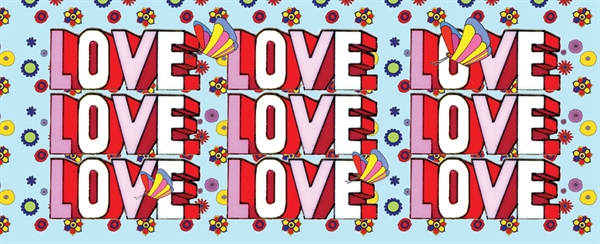 People often say that college is where you find yourself, and past articles have discussed many ways that Myers-Briggs® impacts and provides guidance on this very topic. That being said, college is known for other things as well. One of those things is finding a mate! College is a great time to meet potential mates through campus organizations, classes, and social events. It provides an opportunity to find individuals with whom you share common interests and values, and it provides plenty of social opportunities to build on those relationships.
People often say that college is where you find yourself, and past articles have discussed many ways that Myers-Briggs® impacts and provides guidance on this very topic. That being said, college is known for other things as well. One of those things is finding a mate! College is a great time to meet potential mates through campus organizations, classes, and social events. It provides an opportunity to find individuals with whom you share common interests and values, and it provides plenty of social opportunities to build on those relationships.
So, how does Myers-Briggs® play into relationships? Well, there are several theories on that topic. I frequently see articles that describe which of the 16 types are a better romantic fit with certain other types. Many of these articles subscribe to the idea that people should pair up who share dominant preferences with opposite attitudes (aka ISTJ with ESFP/ESTP or ENFP with INFJ/INTJ). This idea appears to indicate that Introverts and Extraverts should pair up, as should Judging and Perceiving types, as long as they share a dominant preference.
This is a common theory, and one of the simplest of its kind, but it fails to take a number of issues into account. What if an Introvert really wants a partner that loves to stay in and spend one on one time, and what if an Extravert places great emphasis on a partner who enjoys social engagements as much as he or she does? For that matter, what if an Intuitive type loves the grounding and practical qualities that Sensing types bring to the table or vice versa? There’s also a pretty good chance that you may even meet someone with whom you share all or no preferences, and you fall head over heels in love with their incredibly witty sense of humor and love of making balloon animals for small children… or their fantastic taste in restaurants or music. In those instances, you will likely not be wondering if that special someone has the “proper” dominant preference. Nope, it is much more likely that you will be nervously wondering how to get a phone number or if the other person digs you like you are digging her or him.
All of that being said, there is another theory of MBTI® and relationships that states that two well developed individuals of any type can have a successful relationship if they are willing to understand and accept each others’ differences. This theory leaves lots of room for exploring what you want in a partner outside of type, and it shows great understanding of the fact that happy couples come in all type combinations. For those reasons, I subscribe to this theory. I believe when it comes to relationships, Myers-Briggs® can help you understand how relationships may look with potential mates and how to improve relationships with current mates. To that end, I have added descriptions of each of the 16 types in relationships to the descriptions of the 16 types. These can be found at the bottom of each description, and they contain what each type values the most in relationships, how they are as partners, and what they tend to struggle with.
I would encourage you to read your description and the description of your partner (or potential partner) to see areas that may work well and areas that may need some discussion. If you are interested in getting more information on type and relationships, I highly suggest the book, Just Your Type by Paul Tieger and Barbara Barron-Tieger. It provides a description of a relationship between each type and each other type, and it is the book I used as a resource for writing the 16 type descriptions. A word of advice from personal experience… If you lend this book to someone, don’t expect to get it back! When I take books to MBTI® workshops, this is the book that everyone wants to look at and borrow.
As always, I would love to hear your thoughts on this topic! Feel free to leave any questions, thoughts, or arguments you have in the comment section below, and thanks for reading!
Go to the 16 Type Descriptions

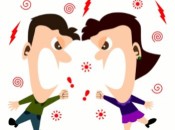


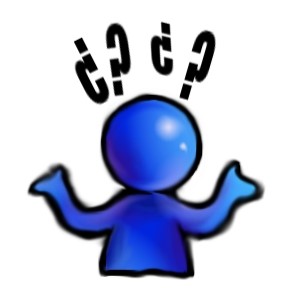
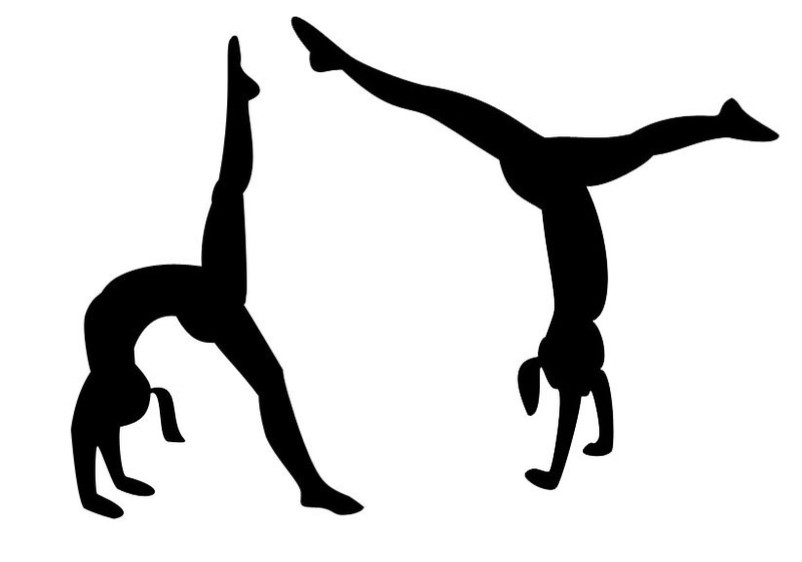
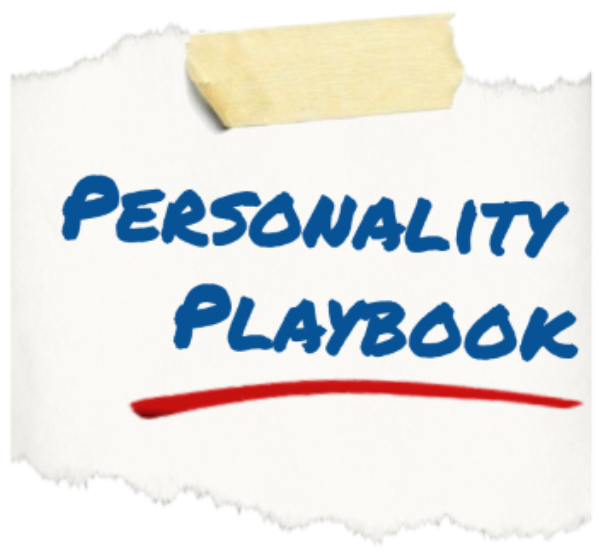
Is it possible to idtenify a person’s type from the time you have contact with him/her? I wonder.I went through the 200ish 300 MBTI questions. Everyone I know was wide-eyed when I told them I am an I(ntrovert). I appear too much like an extrovert. So I wonder.From the top of my head, Enneagrams’ origin is from Islam instead of from Catholicism as you quoted earlier. Please check.Awesome blog! Excellent contents! Like your reflections on work with real examples. I learn a lot from your blog. Keep it up!